China’s Mineral Leverage: From Industrial Advantage to Geopolitical Tool
Amirhossein Moradi, in an interview with the website of the Strategic Council on Foreign Relations, stated: “The competition between the United States and China over rare minerals has moved beyond the economic level and has become a tool for redefining power in the global supply chain.”
He added: “Over the past three decades, China has, through continuous investment, established a complete chain from extraction to processing and downstream production of rare minerals, and now controls over 70 percent of global extraction and nearly 90 percent of its processing.”
Moradi noted: “This concentration is not accidental; it is the result of a conscious decision that began in the 1990s with the support of the central government.
He emphasized: “Rare minerals are the backbone of 21st-century technologies — from electric vehicle motors and wind turbines to smartphones and weapons systems. Under such circumstances, China practically controls the gateway to the industrial future — something that is unacceptable for Washington.”
According to Moradi, “Beijing’s recent move to restrict exports of certain key elements is a gradual use of this lever — a tool to warn the United States on the eve of a possible Trump–Xi Jinping summit.” He added: “If these restrictions are fully implemented, the global supply chain will face a disruption greater than the chip crisis.”
U.S. Response: From Emergency Stockpiling to Mineral Cooperation with Allies
Moradi explained: “In Trump’s second term, the United States, to reduce dependence on China, adopted a three-pronged strategy involving emergency stockpiling, development of domestic mines, and cooperation with key allies. Even imposing an agreement on Ukraine to control that country’s mines was part of this same strategy to balance China.”
He added: “A prime example of this policy is the Washington–Canberra agreement on Australian mining projects, under which the two countries, through a joint investment of 8.5 billion dollars, are pursuing the extraction and processing of rare elements such as terbium, erbium, and yttrium to secure their supply chain.”
According to him, “At the same time, the United States has also become more active bilaterally and multilaterally — from cooperation with Ukraine and Canada to negotiations with the Pakistani military for the exploitation of that country’s mineral resources.” Moradi added: “Although these measures may seem scattered, they pursue a common goal: creating a parallel supply chain capable of resisting Beijing’s pressure.”
He recalled: “Nevertheless, the West is at least a decade behind China. Breaking Beijing’s monopoly requires time, capital, expertise, and sustained political will — elements that few countries possess simultaneously.”
Moradi stated, “In this competition, processing capability is more important than extraction. Despite possessing about 40 percent of underground reserves, the United States and its allies have only 15 percent of the refining capacity — the very domain where China has made heavy, long-term investments.”
Scenarios Ahead: From Supply Chain Redefinition to Ongoing Strategic Rivalry
The expert added: “The outlook of the China–U.S. competition in the field of rare minerals should not be analyzed solely within the framework of supply and demand; rather, it must be seen as a battle for control over the value chain of future technologies.”
He said, “America’s effort to reduce dependence will not necessarily lead to reduced tensions. On the contrary, this competition may expand into newer areas such as clean energy, defense industries, and artificial intelligence technologies, and usher in a new chain-based war.”
Moradi stated: “China, through export policies and technical control, is seeking to consolidate and redefine its position. The recent restrictions are part of Beijing’s strategy of counter-pressure on Washington — a clear message that China holds the upper hand.”
He noted: “Meanwhile, these developments also contain important messages for Iran. Iran’s diversity of mineral resources and its geoeconomic position along regional corridors can provide the groundwork for our country’s significant role in the new global value chain — provided that a clear and international strategy is devised for the exploitation and processing of mines.”
Moradi emphasized: “By attracting technology and targeted investment, Iran can obtain a position beyond supplying raw materials and take an active role in the processing and technology stage. Such an approach will both contribute to the country’s economic independence and strengthen Iran’s geopolitical position in the future energy and technology equations.”
He concluded: “In the coming decade, the battle over rare minerals will be the silent war of the powers. Any country that controls the extraction, processing, and technological chain will be able to command not only the economy but the pulse of global politics.”

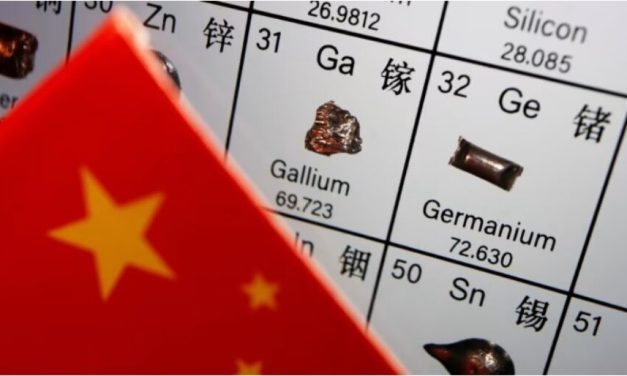
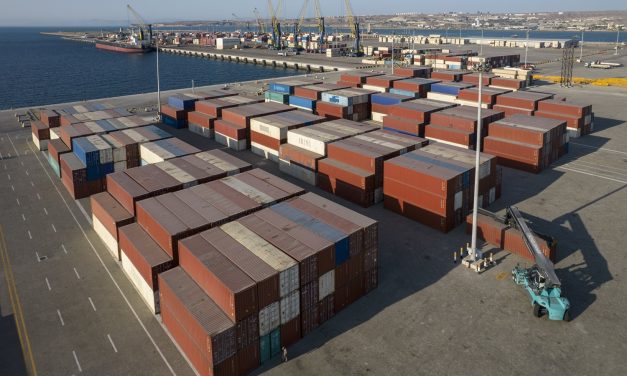
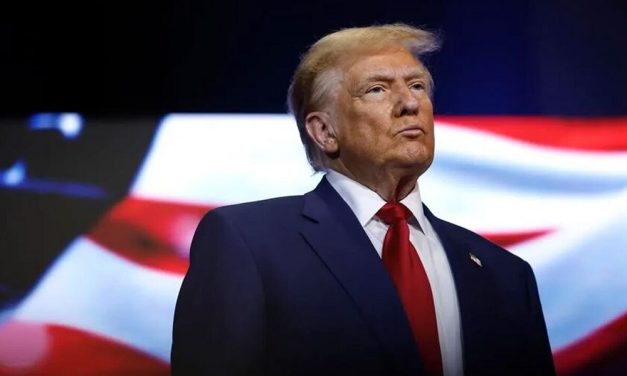
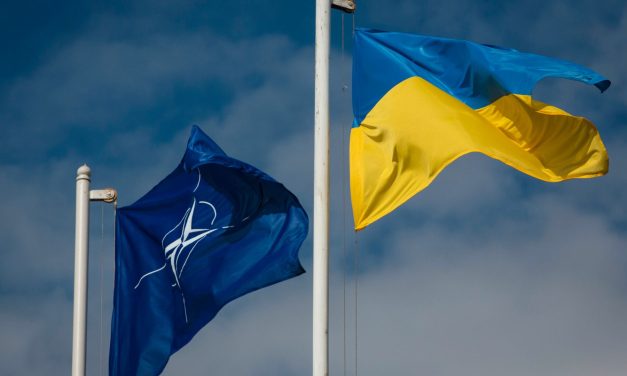
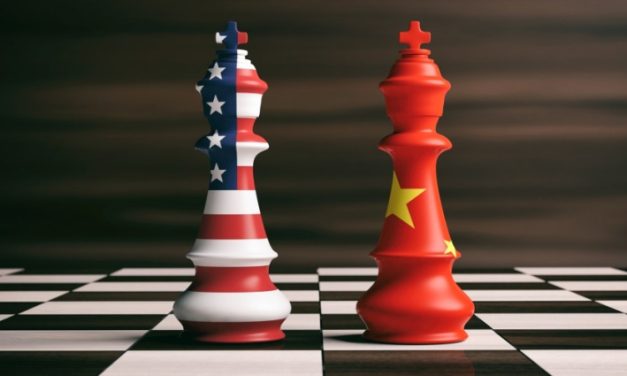
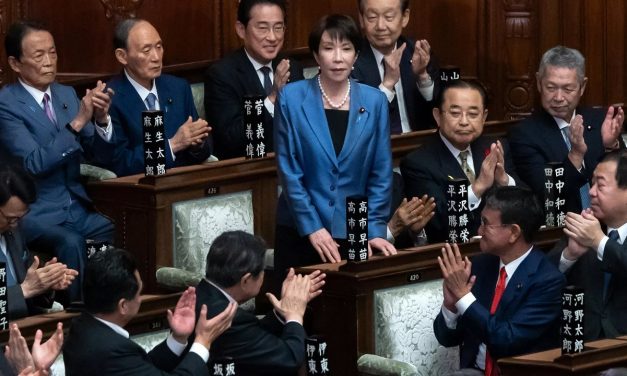
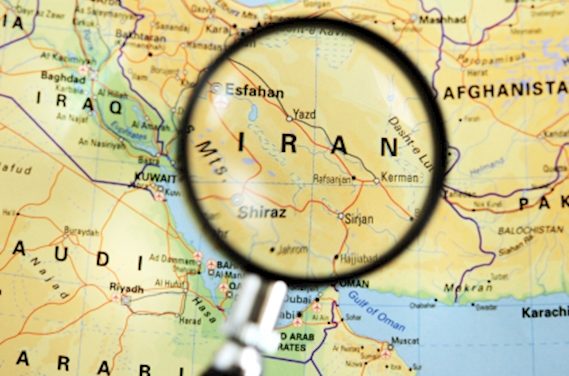
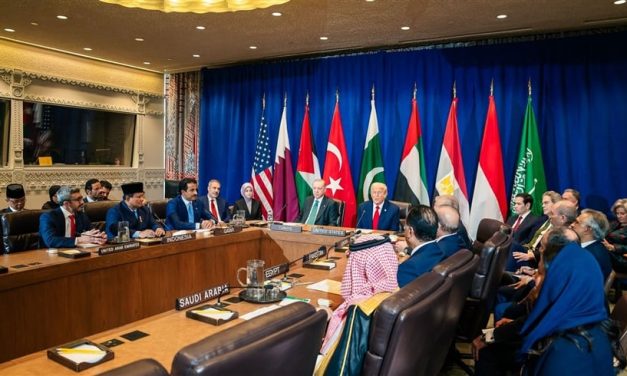

0 Comments